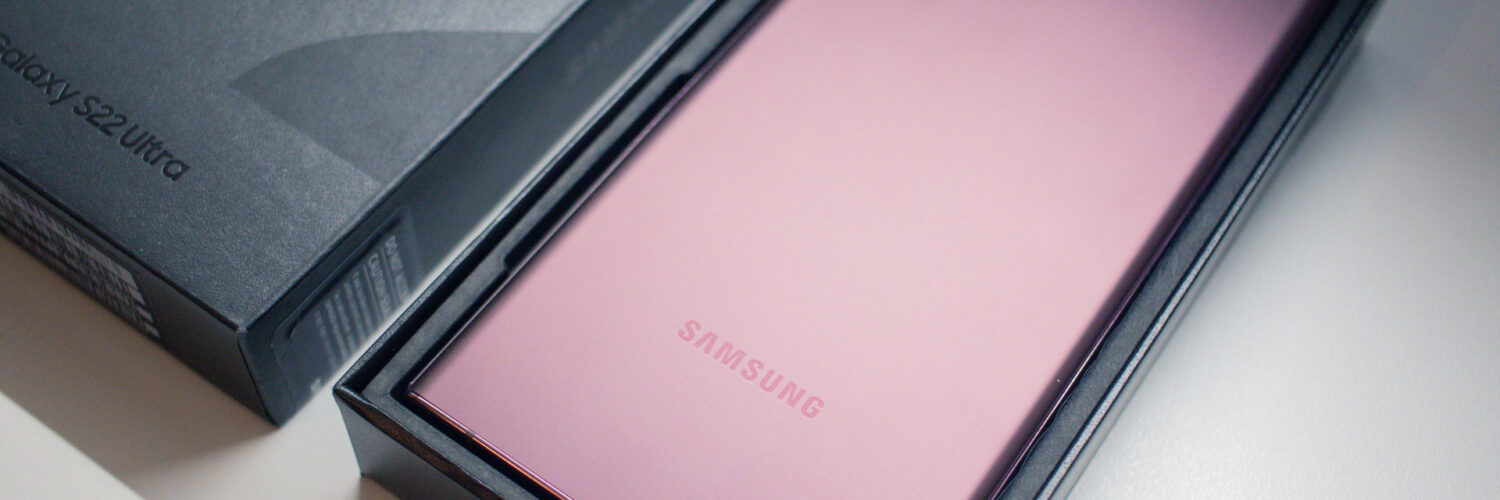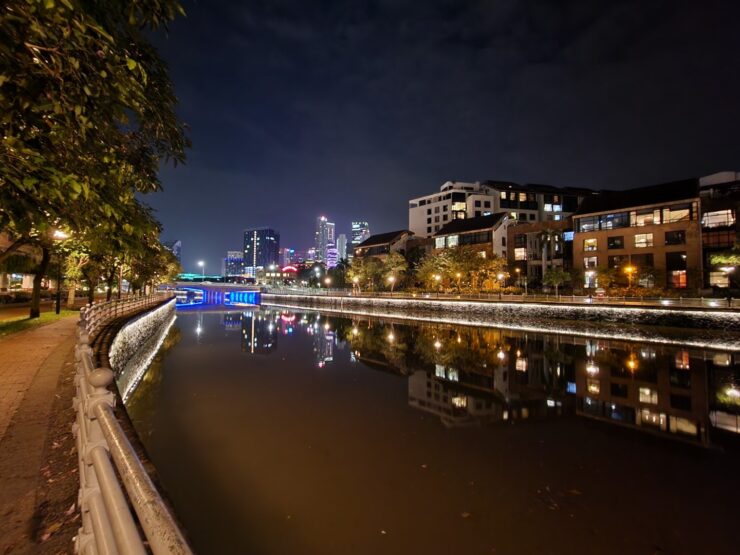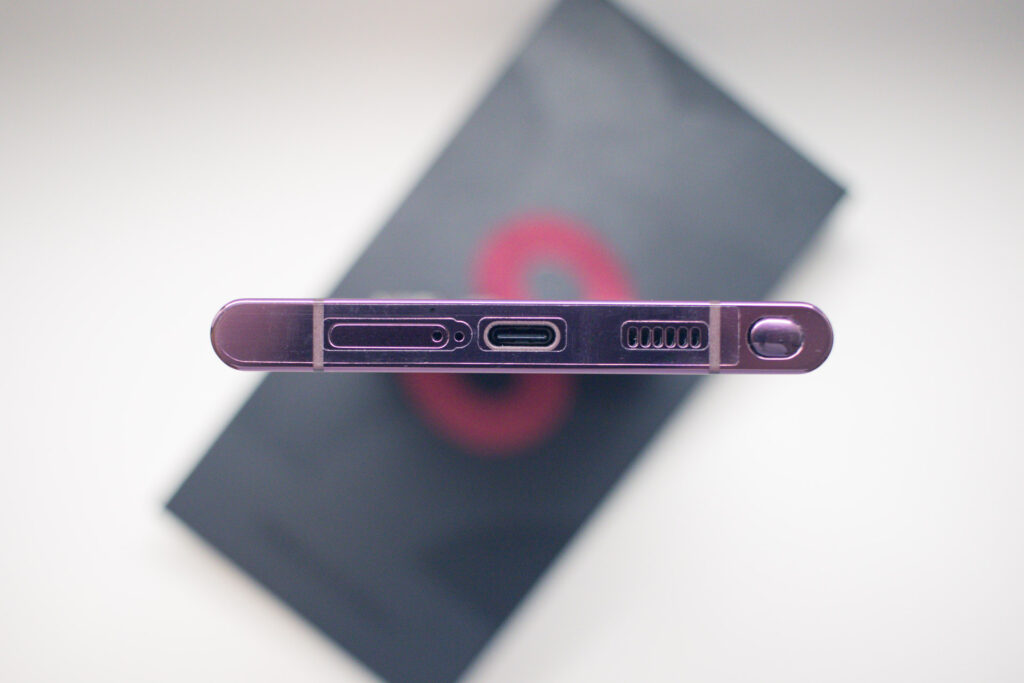
Now with an in-built S Pen, the Samsung Galaxy S22 Ultra becomes the closest option for existing Note users looking for an upgrade. Mainly tapping on the milestones laid out by the Galaxy S21 Ultra, the device is focused on making marginal enhancements on its direct predecessor.
Screen gets another upgrade
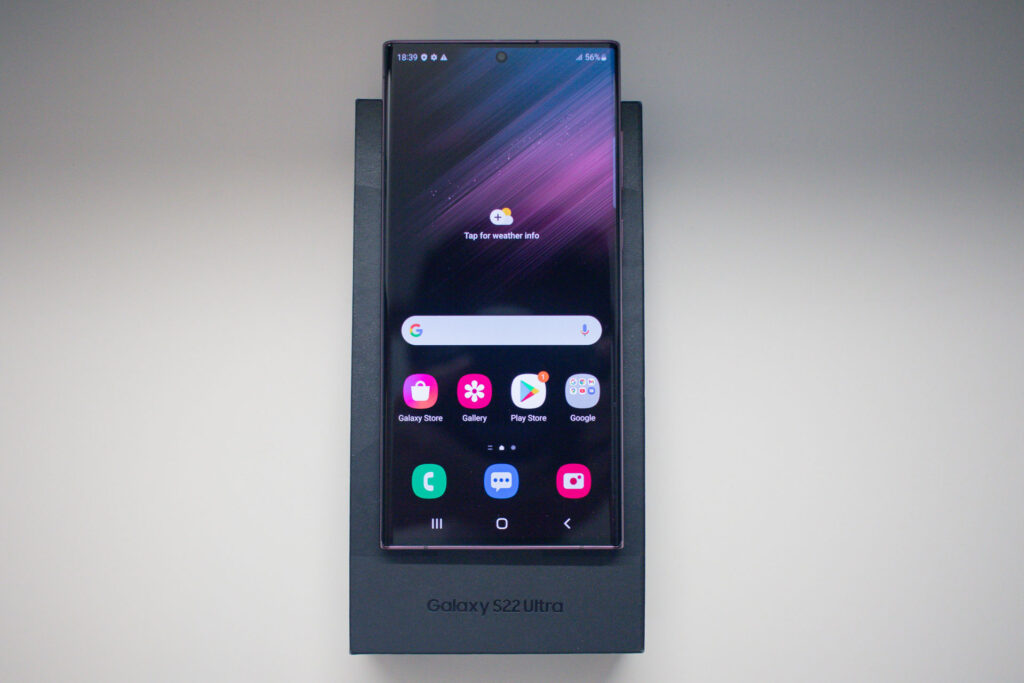
Whilst its predecessor already comes with an industry-leading 1,500 nits brightness display, the Galaxy S22 Ultra brings it up to 1,750 nits. Any extra screen brightness in sunlight-stricken Singapore will be beneficial for the visibility outside.
According to official specifications, the new display refresh rate can go as low as 1Hz as opposed to the 10Hz found on the previous Ultra device. That being said, we hardly noticed any difference in display effects since 10Hz is low enough, to begin with. The main takeaway from this feature is the supposed battery life improvement.
Tapping on past camera milestones
Containing a similar camera setup to its predecessor, the true game-changer in this iteration is the AI enhancements – responsible for producing sharper images for day and night shots.

Tree branches taken from a distance showcase an immaculate level of detail with saturated colours. Whilst some users and reviewers brought up a halo effect seen on sharpened objects, we find it hard to notice it.
Improvements appear extra noticeably in night shots, where Samsung has added that a new camera coating is responsible for reducing reflections onto the sensor. Larger pixels used on this device could also be a contributing factor.
Photos taken in Portrait Mode on the Galaxy S22 Ultra produced a clear contrast between the main subject and the background, with accurate marking down to the edges. This is thanks to the dual optical zoom setup (3x and 10x) working in unison with superior AI technology.
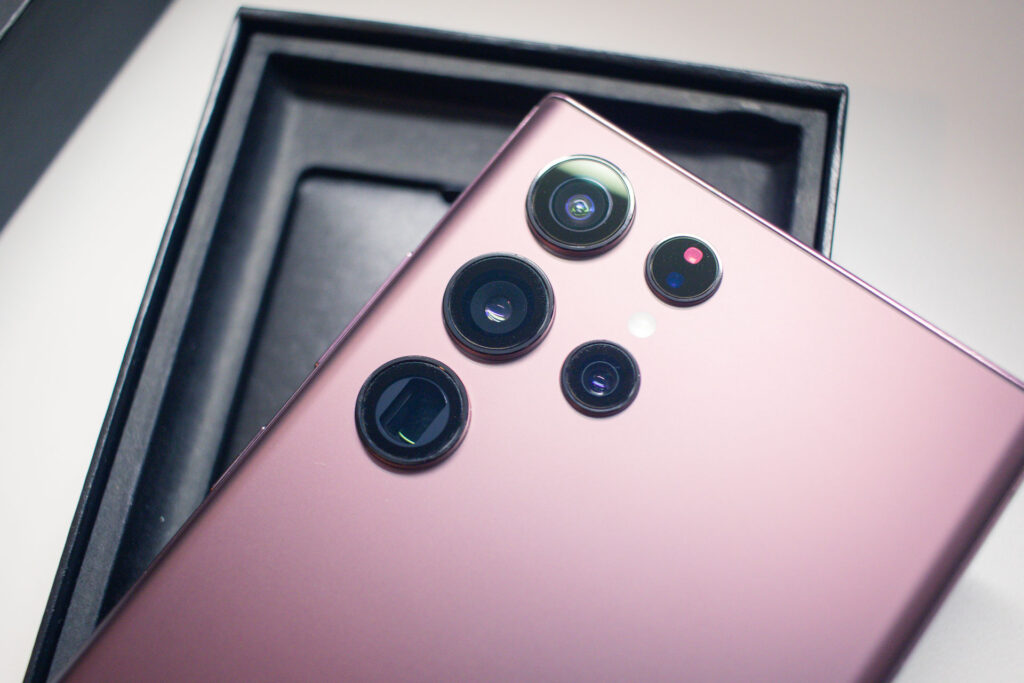
Compared with the Note 20 Ultra is where differences become obvious. The Galaxy S22 Ultra is equipped with both 3x and 10x optical zoom, compared to only 5x optical zoom on the Note 20 Ultra. The combination increases the clarity and flexibility of photography on the phone, not to mention the AI capabilities offered by the Note series.
Embracing the Note Series features
Apart from the S Pen, the Galaxy S22 Ultra now adopts the sharp corner design element from the Note series. Whilst we do prefer the squared-off aesthetic of the Samsung Note 20 Ultra, the rounded edges are undeniably more comfortable to hold – especially for us since we have big hands.
Improved battery life against all odds
Despite the S Pen taking up internal space, the Galaxy S22 Ultra squeezes in a 5,000mAh battery – identical to its older sibling. Going down from 5nm to a 4nm chipset, the battery performance is further optimised.
During our usage scenario, we manage to clock an on-screen time of 4 to 5 hours, considering the big screen it has to power. Even when the battery runs down, the new Galaxy S22 Ultra device now comes with 45W – fortunately more powerful than the 25W ridiculed by previous device owners.
Downgrade going unnoticed
With all the amazing enhancements, we were taken aback that the Galaxy S22 Ultra now comes with 8GB RAM (minimum) and 12GB RAM (maximum) – down from 12GB (minimum) and 16GB (maximum). Imagine multitasking or gaming performance being sacrificed thanks to the reduction of memory.
To make up for that, Samsung now allows you to “download” more RAM by giving the option to convert part of the storage into system memory. In our tests, the maximum RAM we could allocate is 8GB – bringing the total memory to 16GB. In terms of speed, we are currently unsure if the speed of storage can match up to the speed of RAM, but still, the more the merrier.
Upgrade dependent on priorities
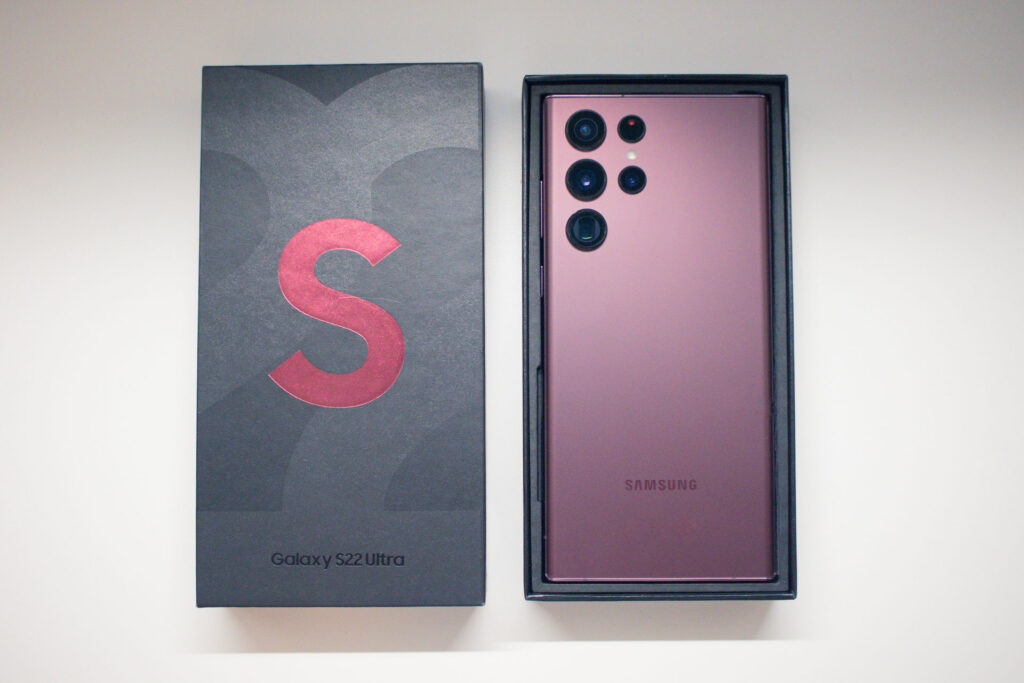
If you are already holding onto a Samsung Galaxy S21 Ultra from last year, the appeal to upgrade is quite limited – you get marginally better camera effects and an inbuilt S Pen in exchange for a lower amount of RAM – albeit with the ability to allocate your storage for it.
Meanwhile, it would make more sense to upgrade from the Note 20 Ultra, which now dates back to 2020. It contains a much superior camera setup with better AI calculations with a larger battery. As the device continues to age, the uncertainty of updates might also push for an upgrade.
🤓 Like what you read?
Stay updated by following us on Telegram, Facebook, Instagram or on our YouTube channel.

